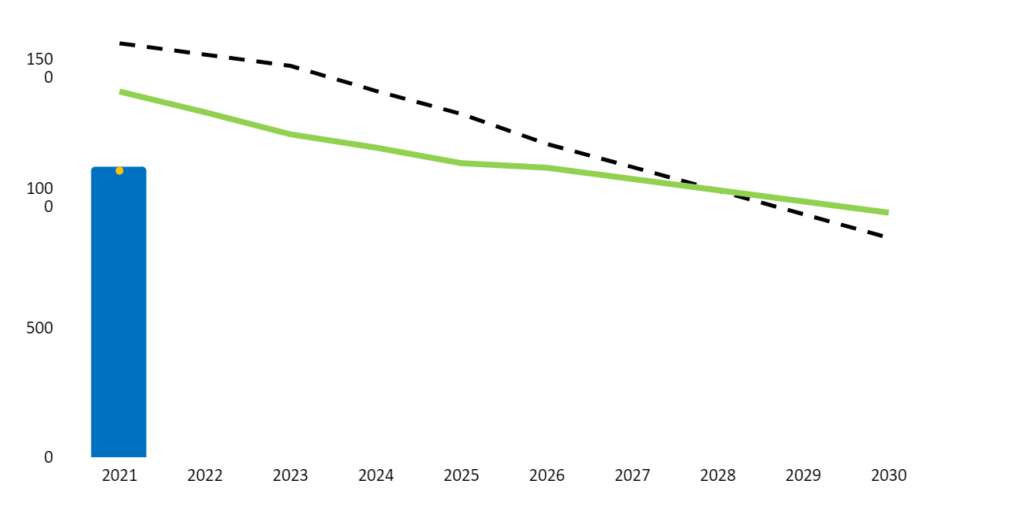Tool for understanding how the reformed EU Emissions Trading System affects your member state

The revision of the EU Emissions Trading System (EU ETS) in 2023 expanded the scope and reformed other aspects of the ETS to align with the EU’s climate goal of 55% net emissions reductions by 2030. As a result, many changes were made to the system including the creation of an emissions trading system to cover buildings and road transport (ETS2) from 2027, the phasing out of free allowances in selected sectors between 2026 and 2034 under the Carbon Border Adjustment Mechanism and the inclusion of maritime transport in the EU ETS.
During the trilogues between the EU institutions, Carbon Market Watch collaborated with Climact on the creation of a model to analyse the various options put forward during negotiations and on the final legislation.
The model allows users to understand the implications of the reformed ETS at EU and member state level until 2030. The Climact model is open source.
The Climact model can be used to understand the impact of the EU ETS in terms of:
- The overall emission reductions under the sectors covered
- The volume of emission allowances distributed to each country
- Revenue generated via the auctioning of allowances in each member state
- Modernisation Fund and Innovation Fund revenue per member state
- The quantity of free allowances per member state, sector and year
For more information on how to advocate for a fairer and more effective ETS in member states, please consult Carbon Market Watch’s National Advocacy Report. This report uses the Climact tool to provide an overview of the reformed EU ETS and presents avenues of engagement for civil society to contribute to a just transition.
To use the model, please follow the user instructions on the first sheet of the Excel document. The parameters that can be adjusted are highlighted in yellow, while results will appear in the sheet called ‘Outputs at MS level’.










